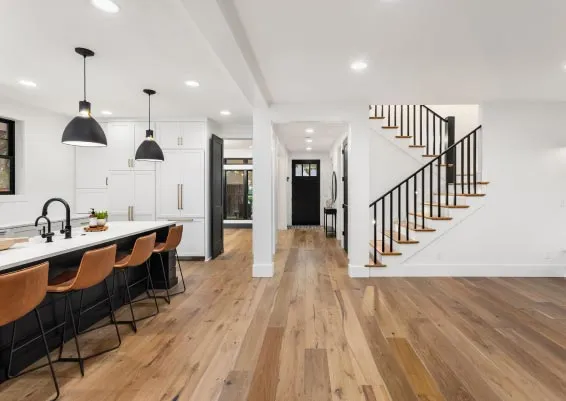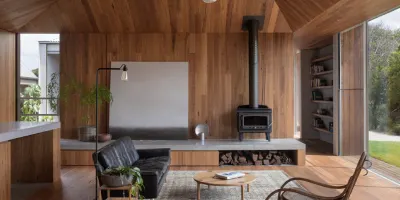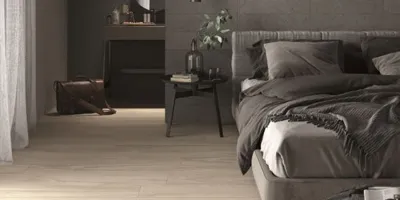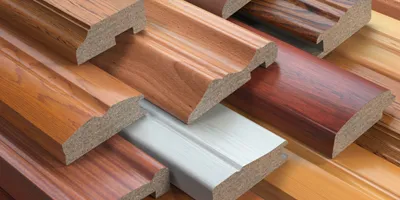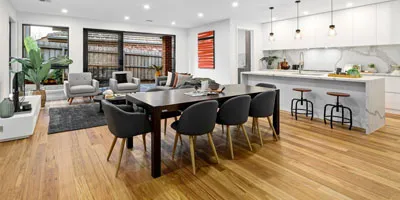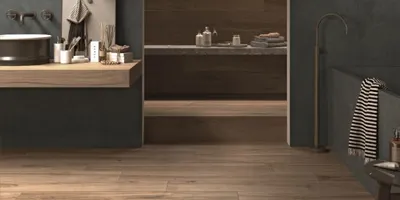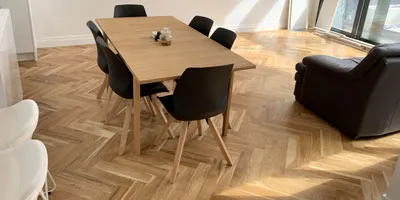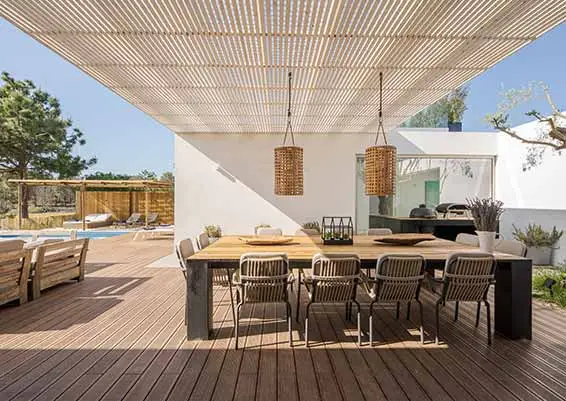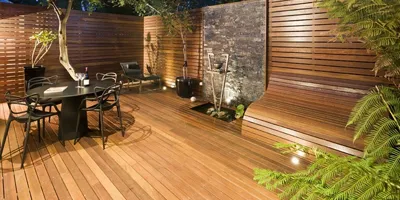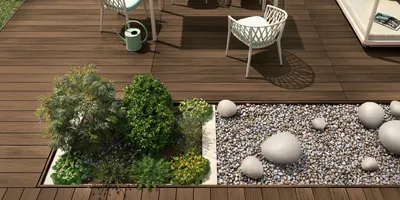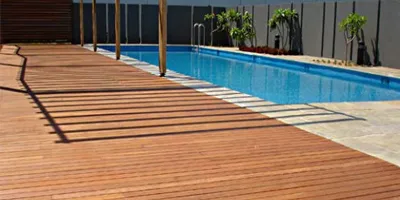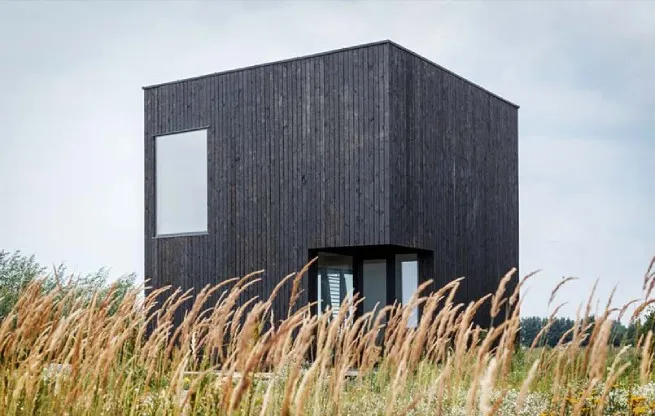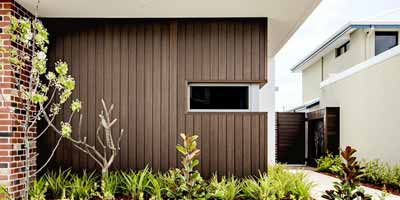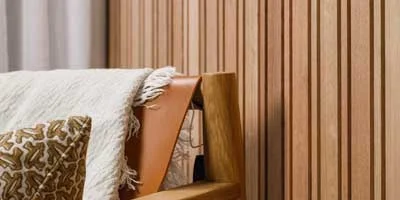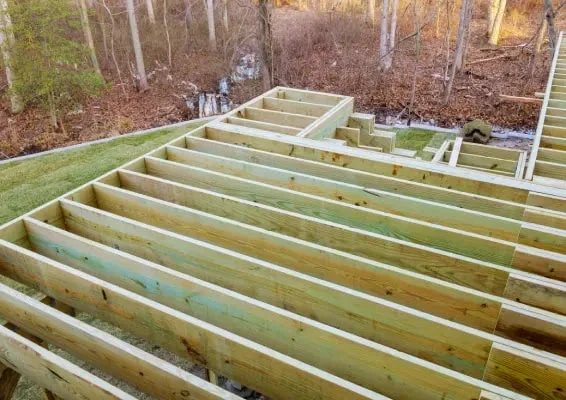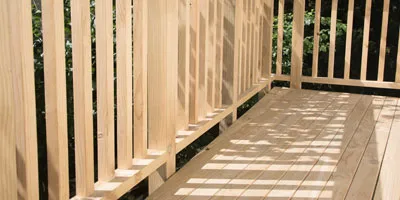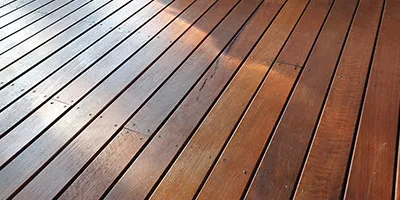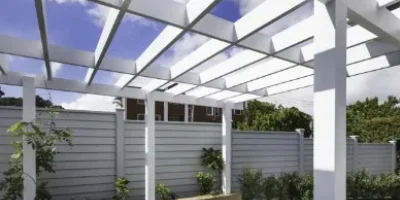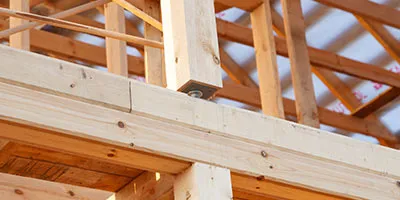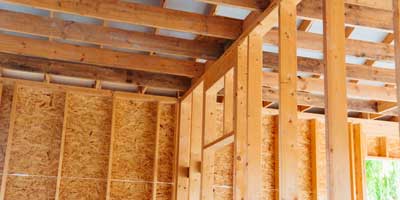Everything You Need to Know About Engineered Timber Floors
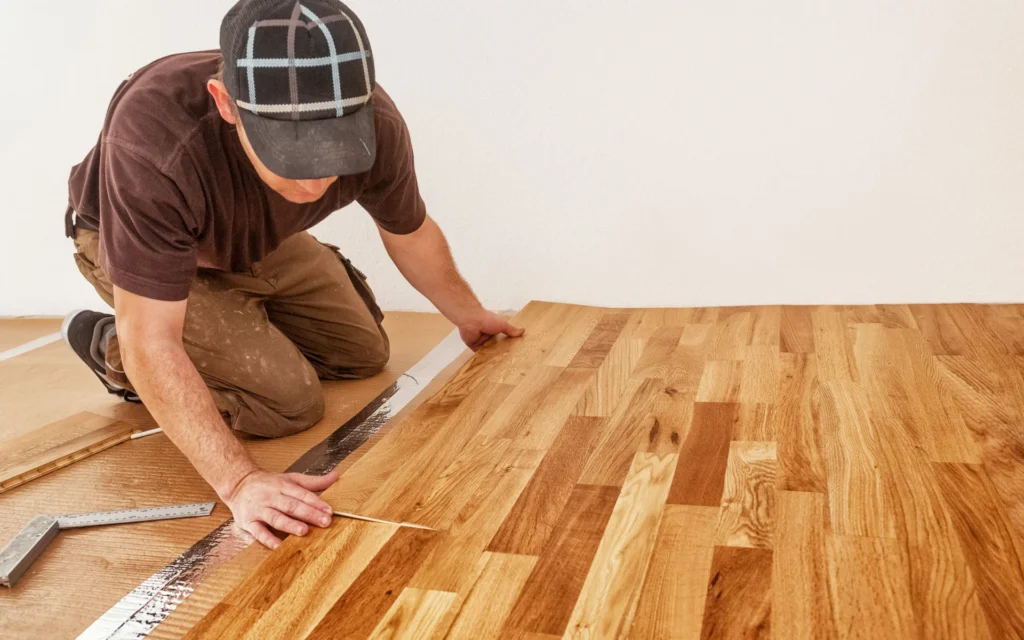
If you’ve been looking into flooring for your home, chances are you’ve come across engineered timber. It’s a choice that’s grown quickly in popularity across Australia because it looks like solid hardwood but behaves better in day-to-day life. The layered design holds up against our unpredictable climate and works with many styles of housing, old or new.
Homeowners like the warmth, architects like the flexibility, and tradespeople appreciate how reliable it is. In the sections below, we’ll run through what engineered timber actually is, the different types you’ll find, its main advantages, how it’s laid, and a few simple ways to keep it looking good for the long haul.
What Are Engineered Timber Floors?
Engineered timber is basically a smarter version of solid wood boards. Instead of being cut from a single plank, each board is built in layers. The top layer, the one you see and walk on, is genuine hardwood. It could be oak, blackbutt, spotted gum, or another species with its own grain and character. Underneath, though, you’ll find a stable base made from cross-laminated plywood or high-density fibreboard. That layered core is what keeps the boards from swelling or shrinking too much when the weather changes.
This makes engineered timber a safer bet in places where solid timber can be tricky. Put it over concrete? No worries. Upstairs in an apartment? Works fine. It gives designers and renovators the chance to use real timber in more spaces without the same level of risk.
Types of Engineered Timber Floors
There’s a wide mix of styles to pick from, and the right one depends on the look you’re after, how much traffic the room gets, and even your budget.
Some of the choices you’ll come across include:
- Wider planks for larger areas
- Narrower boards for the traditional look
- Pale oaks that can be finished in any colour
- Darker species like walnut or jarrah for a richer, cosier vibe
- Matte finishes that help disguise small scuffs and scratches
- Satin finishes that highlight grain patterns and bounce light
- Textured or hand-scraped boards for rustic homes.
- European oak that’s versatile and easy to match with different interiors
- Local favourites like blackbutt, ironbark, and spotted gum, tough and proudly Australian
- Thicker veneers that can be sanded and refinished for decades of use
- Thinner veneers that suit projects that are cost-effective.
All these options mean you can match the flooring to both your style and the way you actually use the room.
Key Benefits of Engineered Timber Flooring
It’s not just about appearance. Engineered timber is built to work in real homes. Here are some of the reasons it’s often chosen:
- The boards are better at resisting warping, cupping, or gaps when the seasons change
- Quicker to install than traditional hardwood, which saves time on-site
- The veneer is real timber, not a printed lookalike, so it brings warmth.
- Uses less solid hardwood, which makes it more sustainable than Solid timber
- Can be recoated or refinished, giving it a long working life
- Sits comfortably from apartments through to your next reno.
In most cases, it’s that balance of natural look and practical performance that wins people over.
How Are Engineered Timber Floors Installed?
The installation process is pretty flexible, which is one reason builders like it. The method depends on the subfloor and the type of board chosen.
- Floating floors are very common. The boards click together and sit over an underlay, fast, clean, and with no glue or nails.
- Glue-down methods is recomended, especially on concrete or existing surfaces.
- Some premium systems combine methods to boost strength and reduce noise such as acoustic underlay and 3 in 1 glues.
Subfloors get checked for moisture and levelled if needed. It might sound like overkill, but this preparation is what makes the floors last for the years to come.
How to Maintain Engineered Timber Flooring
Looking after engineered timber includes:
- Sweeping or vacuuming often, so the grit doesn’t scratch the finish
- Mopping lightly with the right timber cleaner rather than strong chemicals
- Cleaning up spills quickly before moisture seeps in
- Using felt pads under heavy furniture to avoid dents
- Trimming pet nails to prevent scratches
- Avoiding wet mopping too regularly and keep steam cleaners away, they’re too harsh on the veneer
- Refreshing the finish with coating refreshers are good to do every so often.
Handled this way, you can keep the floor looking fresh and sturdy for decades.
Places Where Engineered Timber Works Best
Pretty much anywhere except wet areas, this is what makes it so versatile.
- Living rooms, where style and durability meet
- Bedrooms, for a natural, calming surface underfoot
- Dining rooms that deal with chair movement daily
- Hallways and entryways, which see heavy use but still need to impress
- Kitchens, where sealed boards cope with the odd splash or spill
- Apartments or multi-storey buildings, especially with acoustic underlays
- Home offices, striking the right balance of warmth and professionalism
- Heritage homes or renovations, where matching timber character matters
The fact that it can go into so many different rooms is part of its appeal.
Concluding Words
Engineered timber flooring bridges the gap between natural hardwood and modern practicality. It looks just as good as real timber, and offers a range of finishes to match almost any interior.
At Greenhill Timbers, we’ve built a reputation in Melbourne for supplying quality timber in every form. Our range covers both engineered timber boards and premium hardwoods, sourced locally and internationally. Whether you’re after something robust for a family home or a refined finish for a design project, we’ll guide you from selection through installation.
With years of know-how, reliable service, and products that last, we help turn flooring ideas into long-term results. Drop by our showroom or chat with our team. You’ll find a collection that reflects both Australian character and global style.

